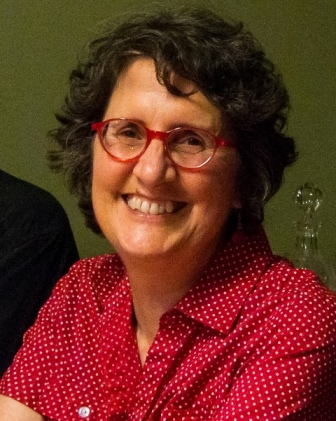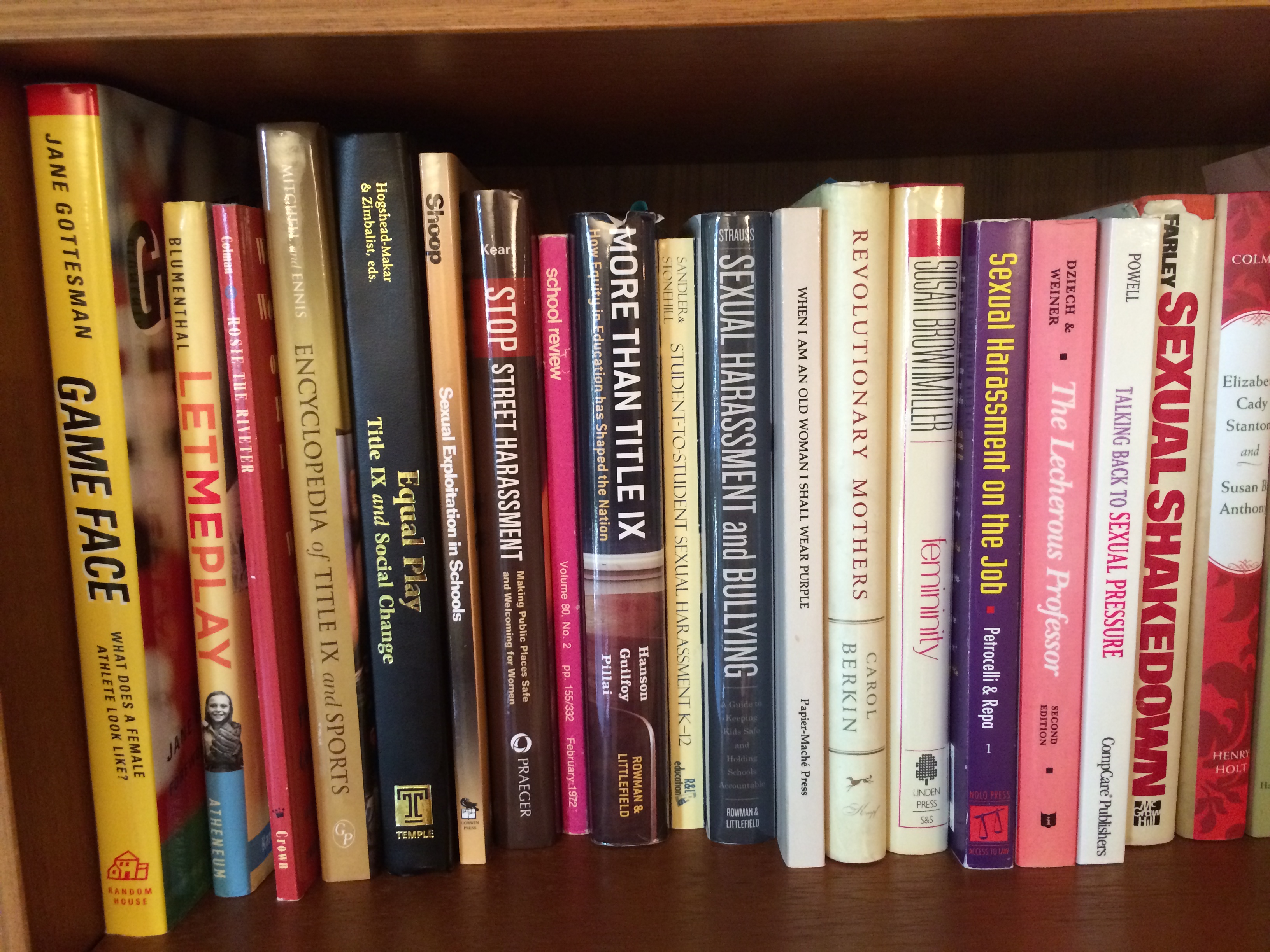Title IX’s godmother is gone. We are her legacy.

Bernice Sandler didn’t know what to say when Rosa Parks sat down next to her. It was one of the few times in her life when Sandler found herself tongue-tied.
She was near the back of a crowded audience at a panel discussion in the late 1980s. Every seat was full when the elderly Parks entered. The woman next to Sandler called out, “Mrs. Parks! Mrs. Parks! Take my seat, please.”
Sandler couldn’t even begin to tell Parks how much her brave and dedicated work in the civil rights movement and the anti-sexual violence movement had meant to Sandler and so many other women. When Sandler and other activists challenged sex discrimination in education in 1970, they followed the examples and the tactics and the wording and the legal tools gifted to them by the racial civil rights movement. Sandler built on that legacy to propel creation of Title IX, the 1972 law banning sex discrimination in education.
As Sandler nervously pondered what to say to one of her idols, Parks nodded off, her head on Sandler’s shoulder. For the next hour Sandler sat very still. The best thing she could do, she decided, was to help Rosa Parks rest.
Now Sandler has gone to her rest. She died of cancer at age 90 in her Washington, D.C. condominium on Saturday, Jan. 5, 2019. Read her obituary in The Washington Post or in The New York Times. I’ve blogged about Sandler multiple times on this site: talking about how we have to name problems in order to change them; recounting her “Aha!” moments after being told she’s “too strong for a woman“; consulting with students and staff at California State University, Fresno, as she did at many hundreds of educational institutions; being lauded by other foremothers of Title IX, and more.
Sandler’s legacy lives on in Title IX, which literally changed the face of education, diversified sports, and became a prime tool for fighting still-rampant sexual harassment and assault in education. But more than that, we are Sandler’s legacy — any and all of us who connected with educational institutions in the United States since 1970. It’s up to us to build on the progress she helped instigate.
Once colleges and universities changed discriminatory admission policies, student bodies became majority female in less than a decade — in 1979, U.S. Census data show. Although women made up 54% of college-level students in 2016 they got only 44% of opportunities to play sports, and almost all those opportunities went to white women, the National Collegiate Athletics Association (NCAA) reported.
The number of girls playing high school sports increased more than 10-fold (more than 1,000%) from 294,015 in 1972 to 3,415,306 in 2017-2018, but that’s still less than the number of high school boys who got to play in 1972 (3,666,917). Meanwhile, the number of boys playing high school sports also increased, by 25%, to 4,565,580.
Only 12% of law students in 1972 were women due to exclusionary school practices, but that increased to 47% by 2011-12; in 2016 for the first time most law students were women (51%). Similarly, women became the majority (51%) of students entering medical schools for the first time in 2017.
Sandler’s life as an activist started when she earned a doctorate degree in education in 1969 but colleges wouldn’t hire her (wouldn’t even interview her) because she was a woman. Back then, no one tracked the number of female faculty nationwide. Suffice it to say there were few. The higher the rank, the scarcer the women. Sandler and her allies began gathering statistics from individual colleges and universities and agitating for change. By 1993 women were 39% of full-time faculty, reaching 49% by 2013. Among full professors, though, only 17% were women in 1993 and 31% in 2013. And most full-time faculty jobs still go to white people — 41% to white men and 35% to white women.
Title IX helped keep pregnant students in school, opened up vocational education to girls and women, created some protections against bullying of queer students, got more women into science and technology, and so much more. Every single one of these Title IX battles still is being fought, and we have far to go.
Sandler naively thought that once Title IX passed, sex discrimination in education would disappear in a couple of years. When that didn’t happen, she lengthened her expectations to 5 years, then 10, and finally realized it would take more than her lifetime. Here we are now, after her lifetime.
Let’s remember Bernice Sandler as we keep fighting the good fight for fairness and justice for all.








Beautiful tribute to Bernice Sandler. She was a wonderful force ❤️
Thank you, Sherry, for this remembrance of Bunny. Rest In Peace, Bunny. We all benefitted from knowing and you and I am so grateful to have worked for you at PSEW in the 1970’s .
Thanks for your rich tribute to a remarkable woman. And thanks for your work to keep the cause of equality for women on the front burner. Can’t wait for the book to be finished.
Thank you for your wonderful words about my grandma. She would be so incredibly pleased to see people resolving to carry on her mission.